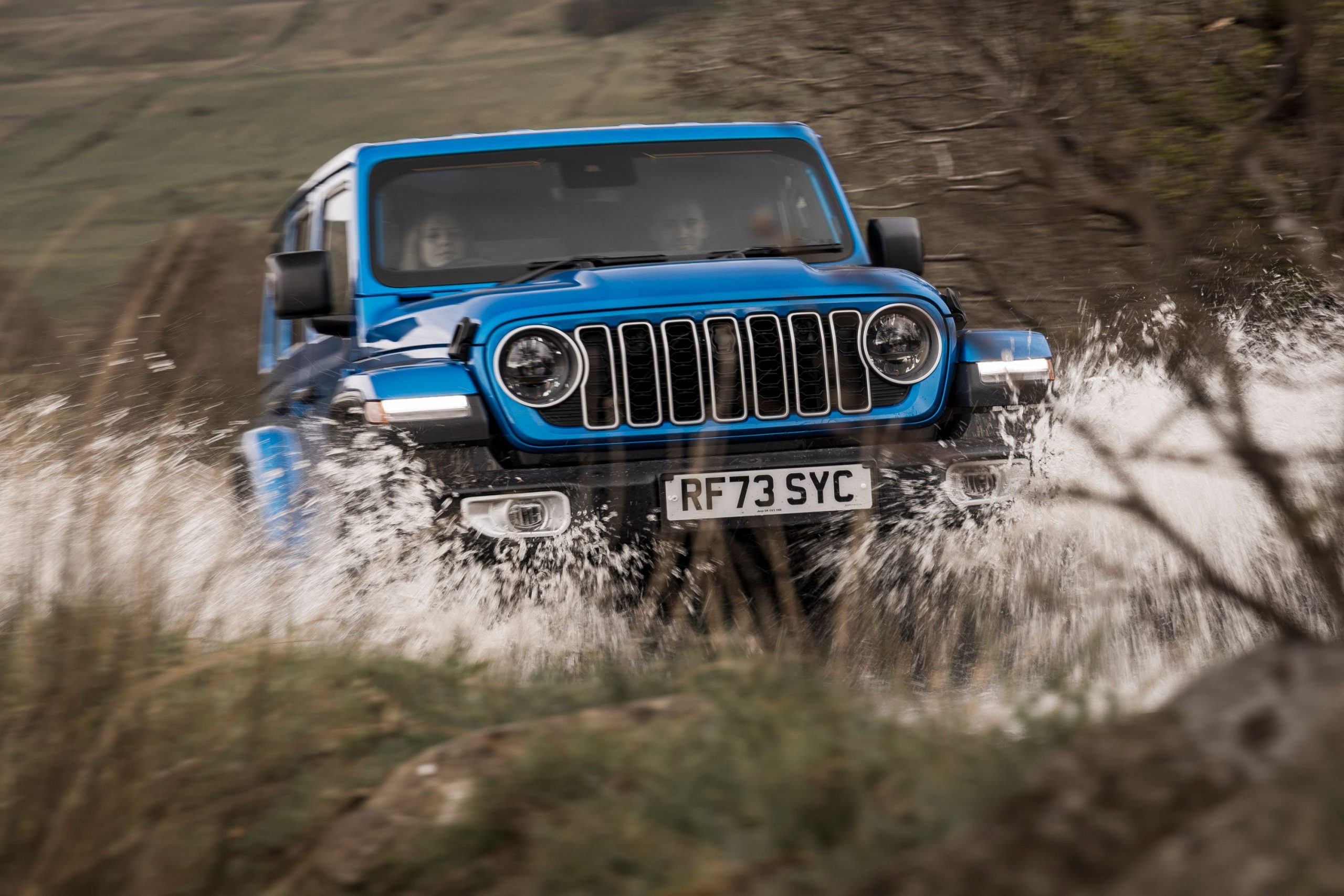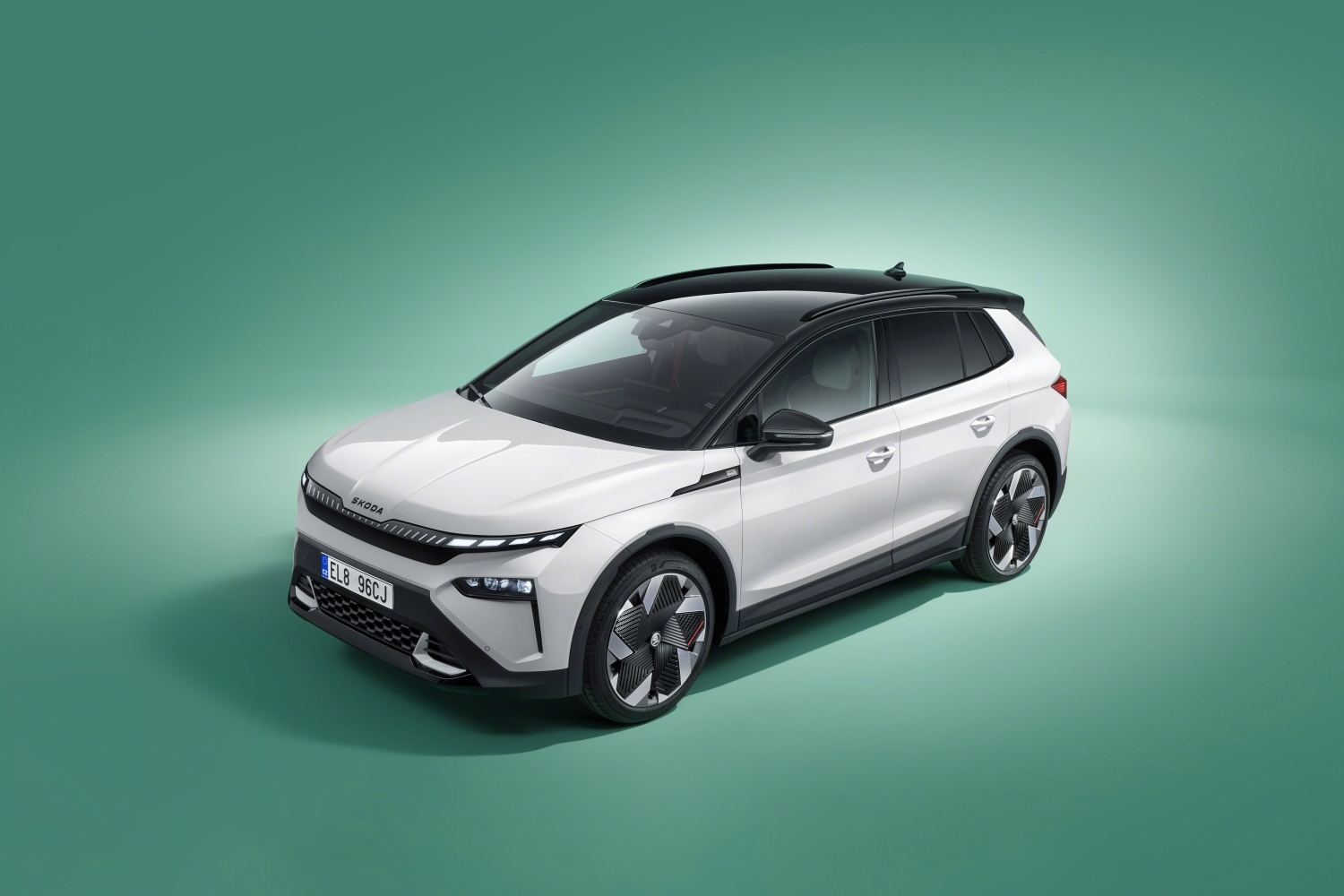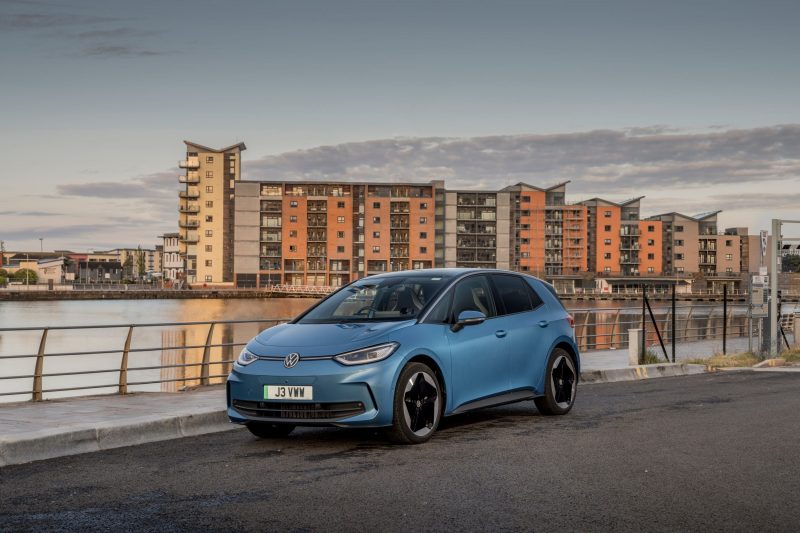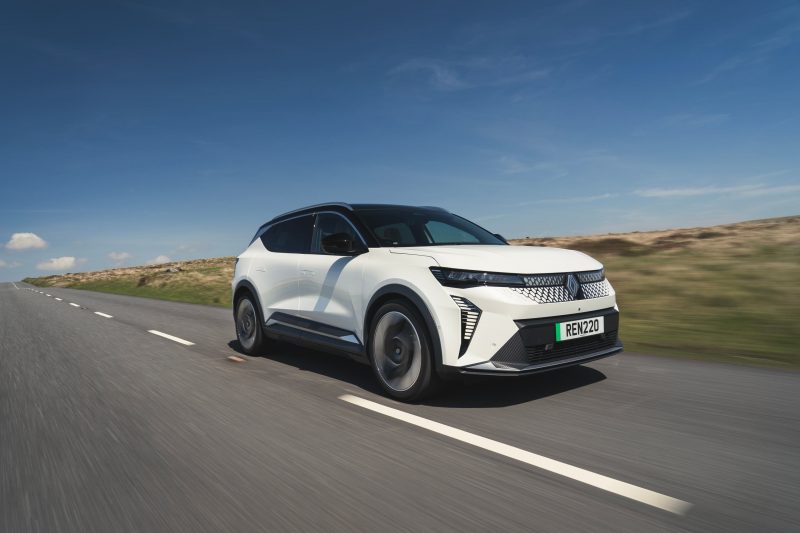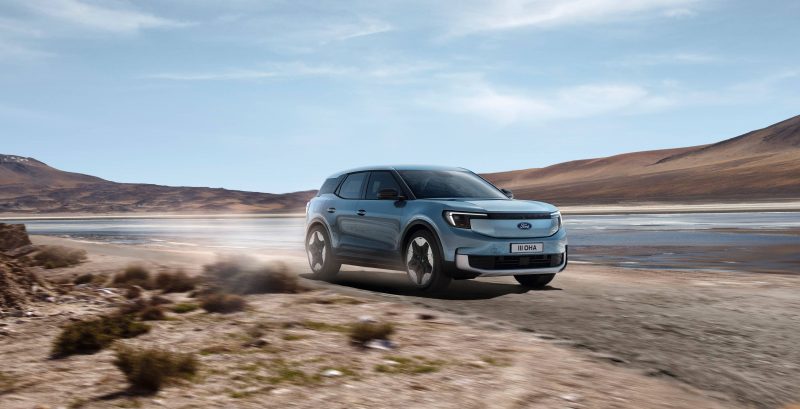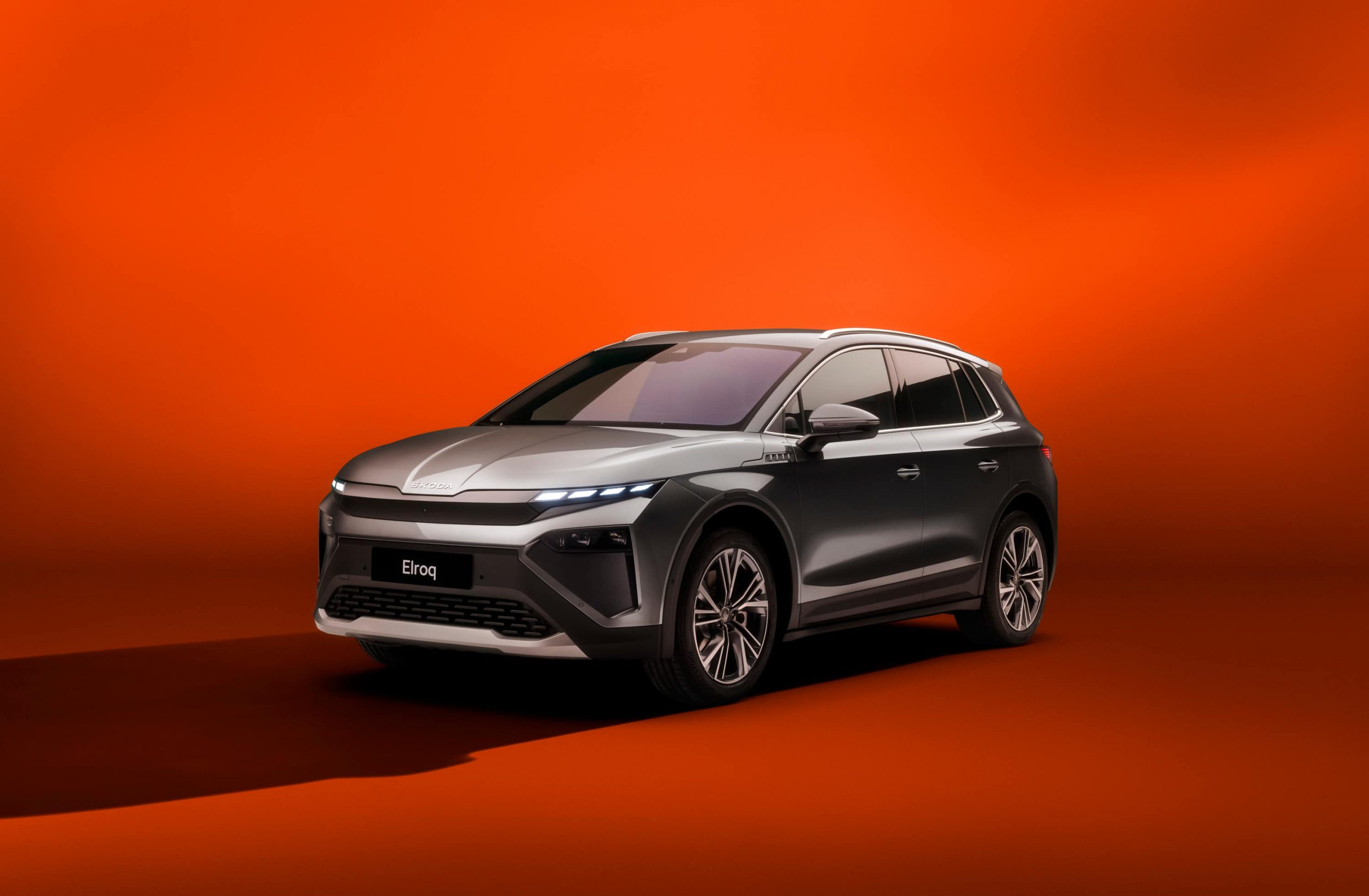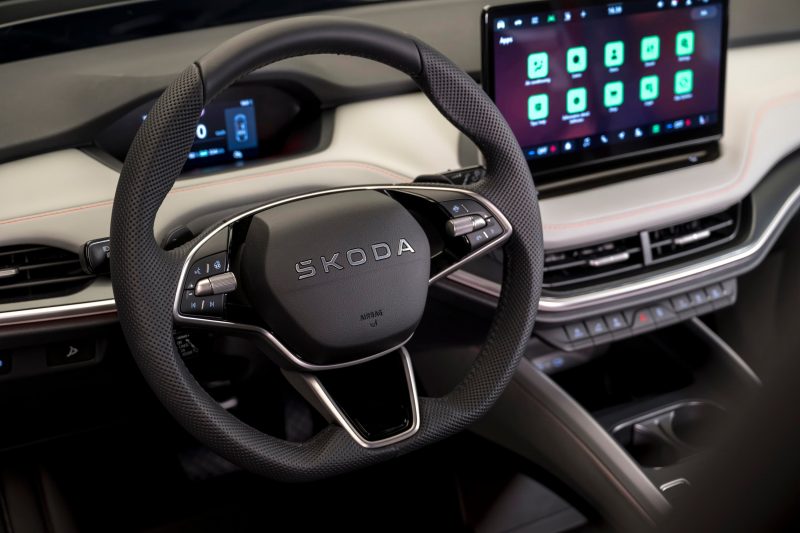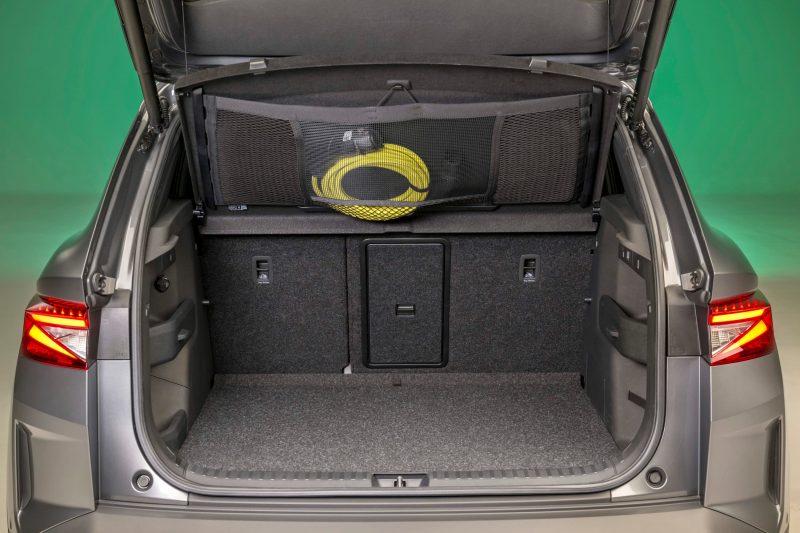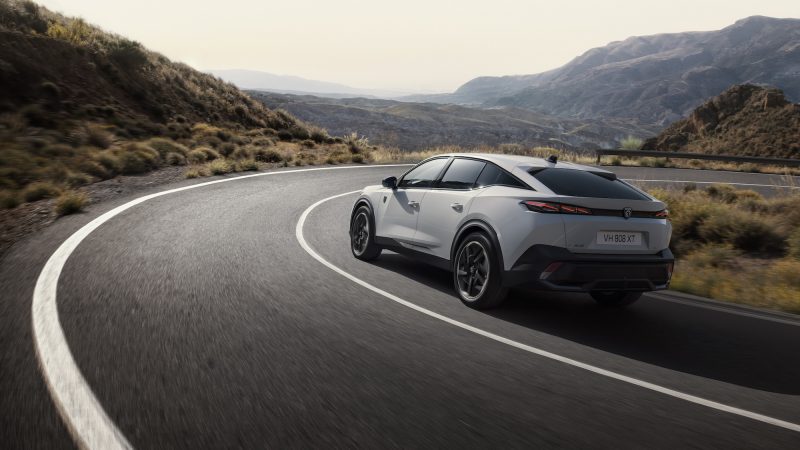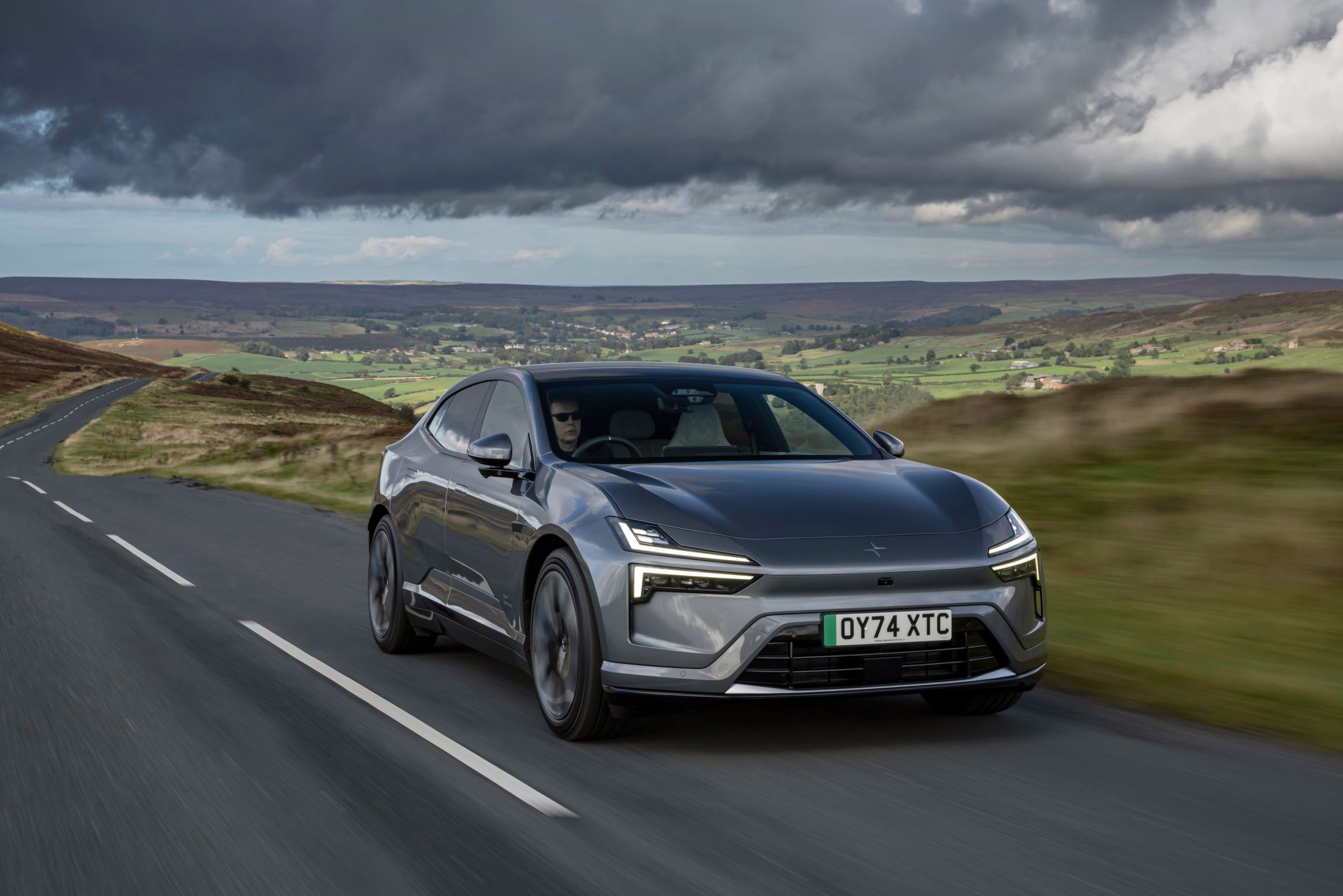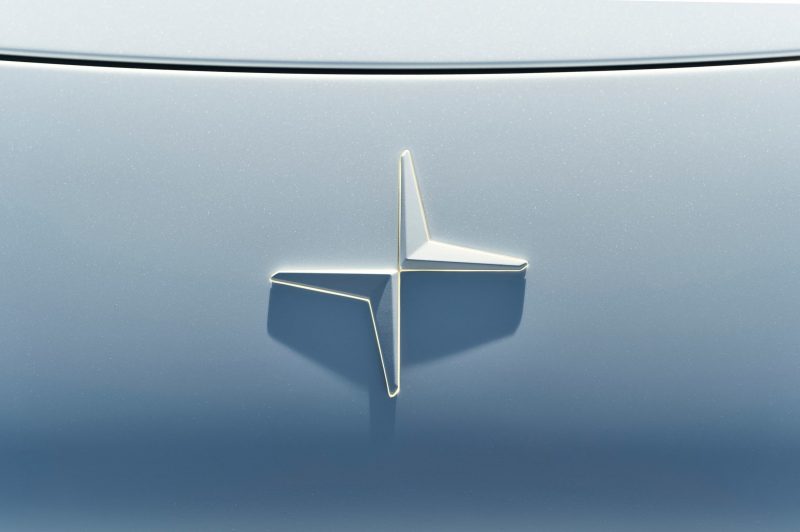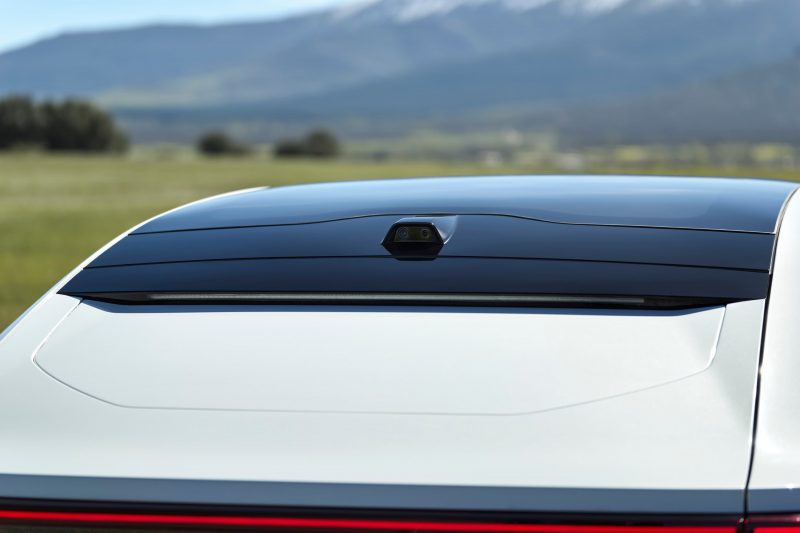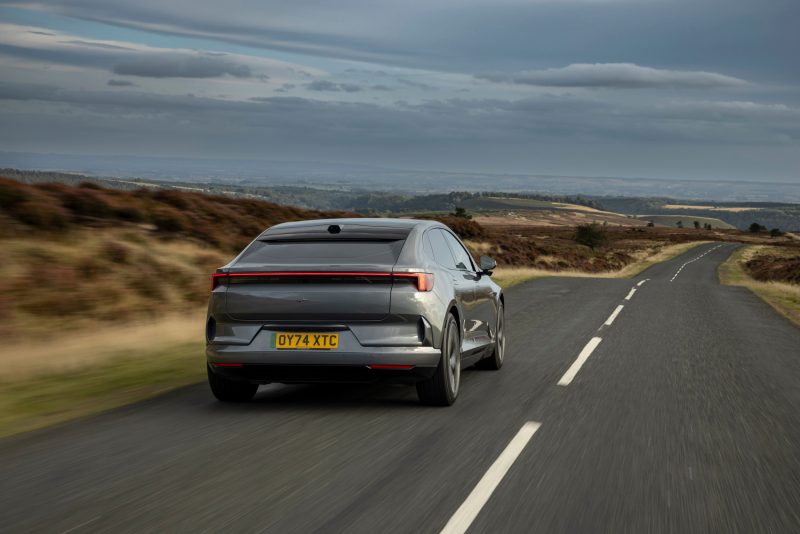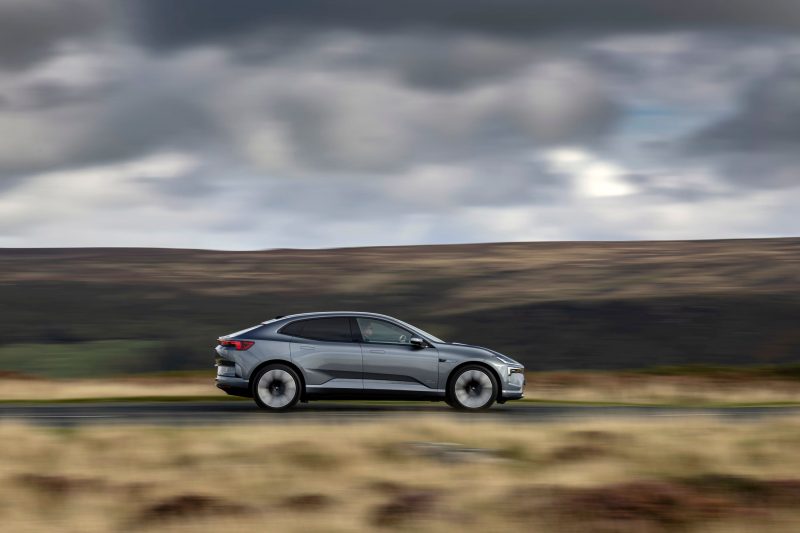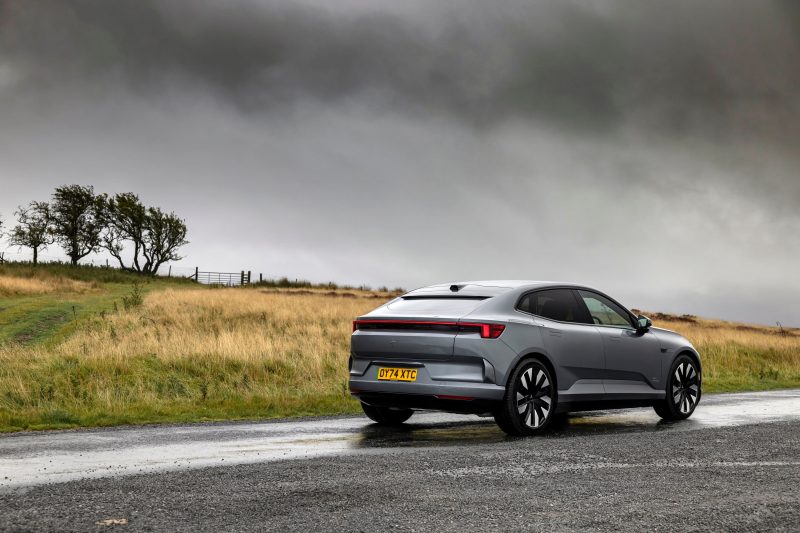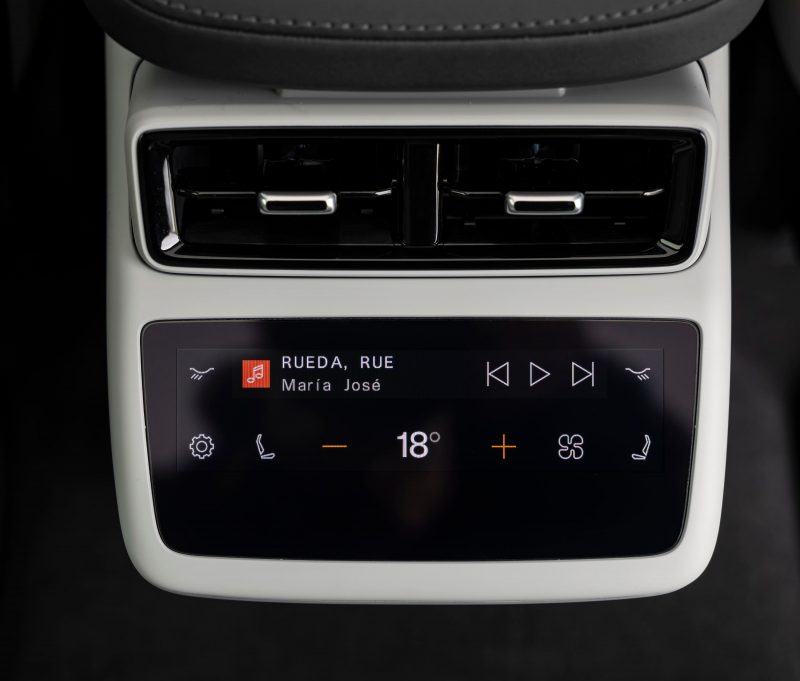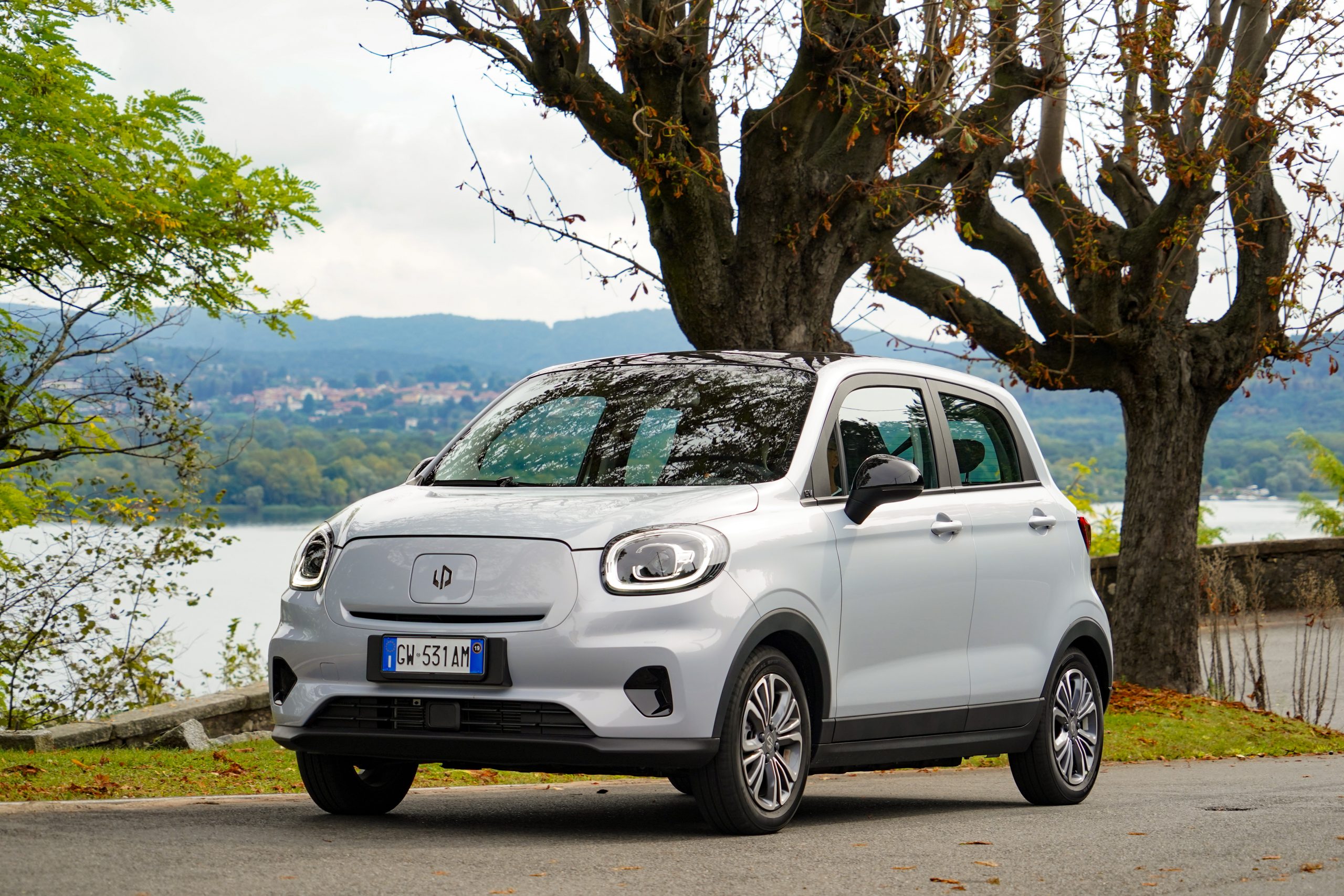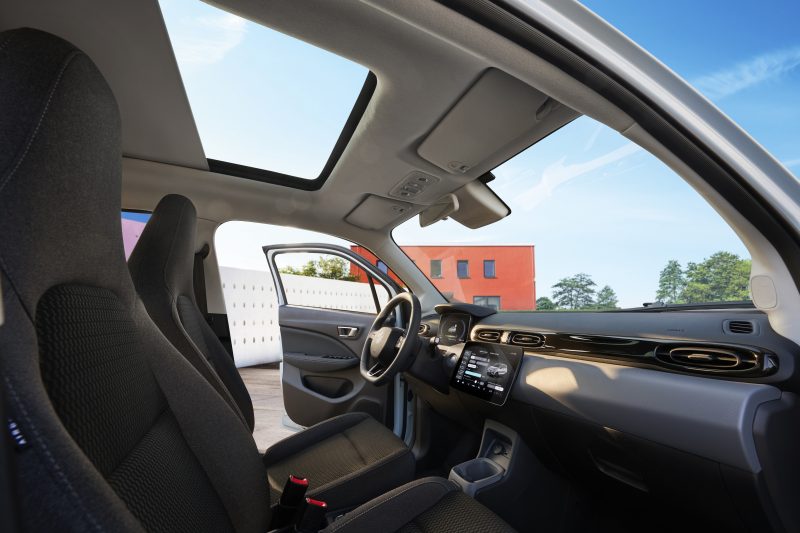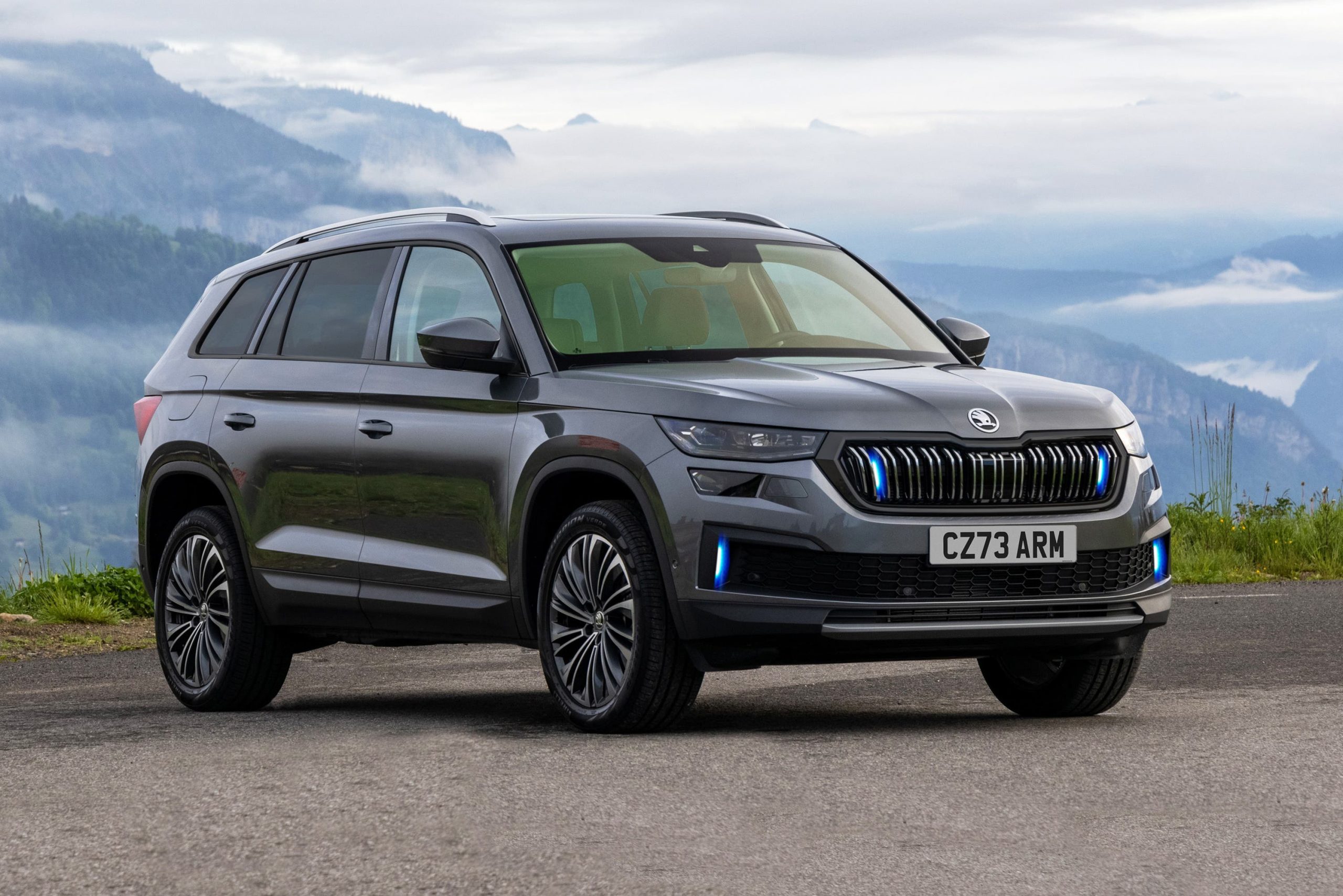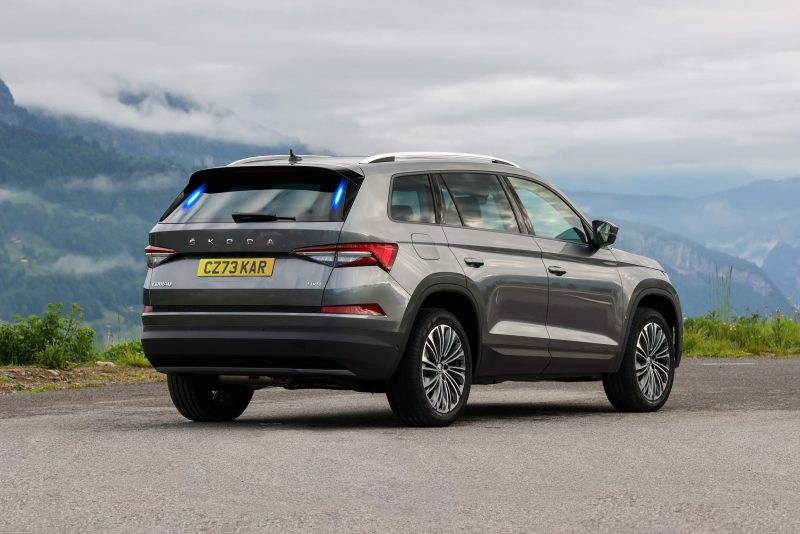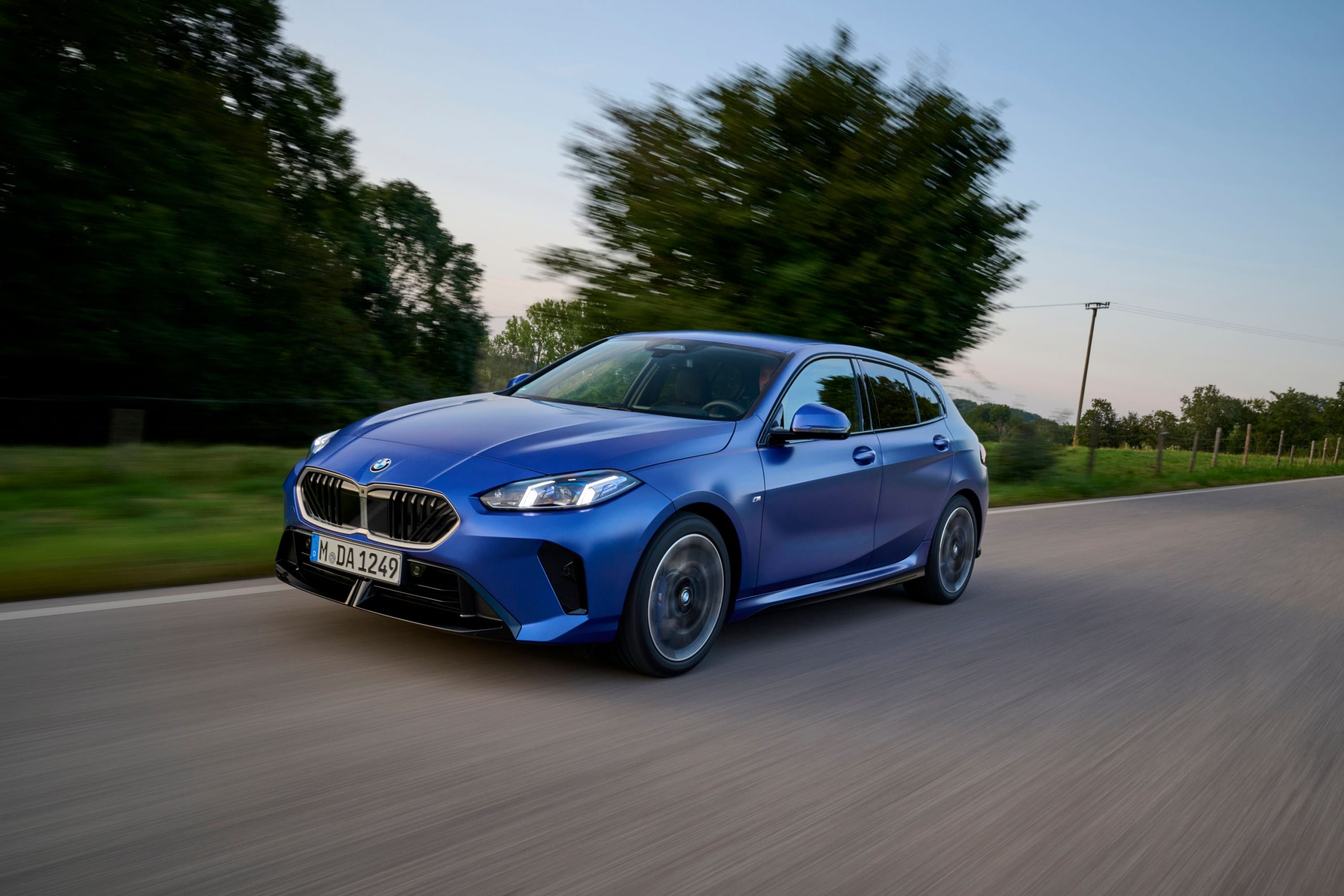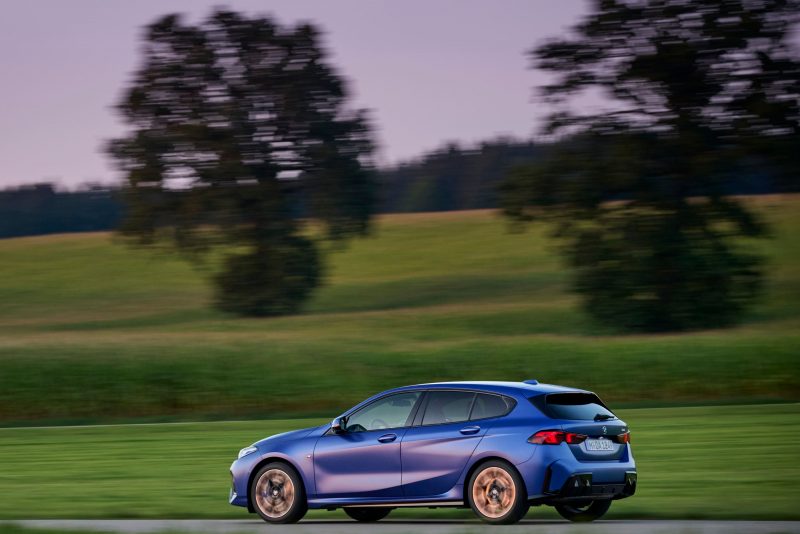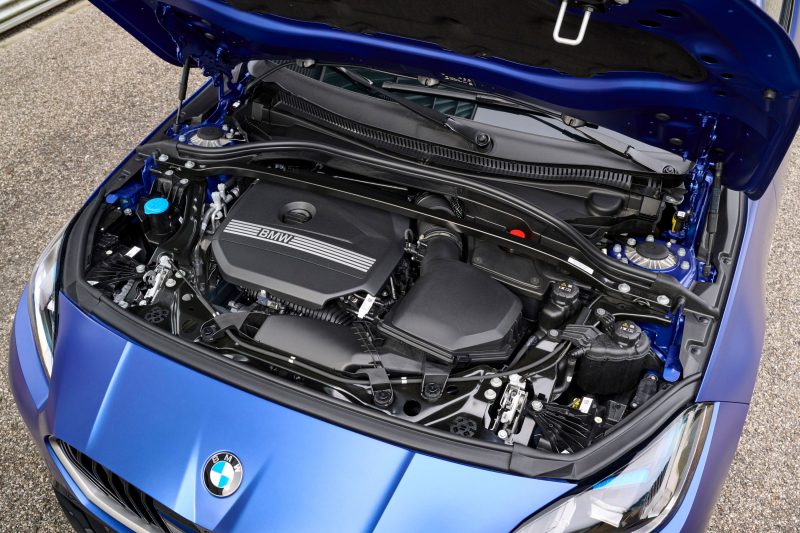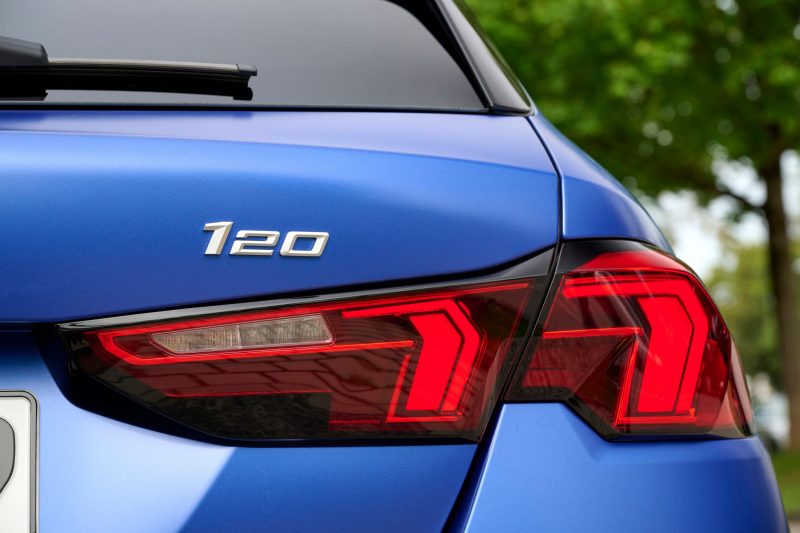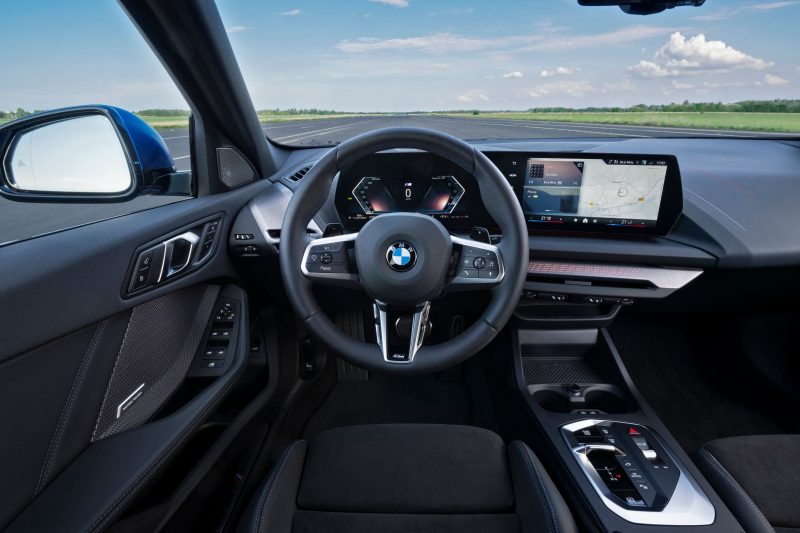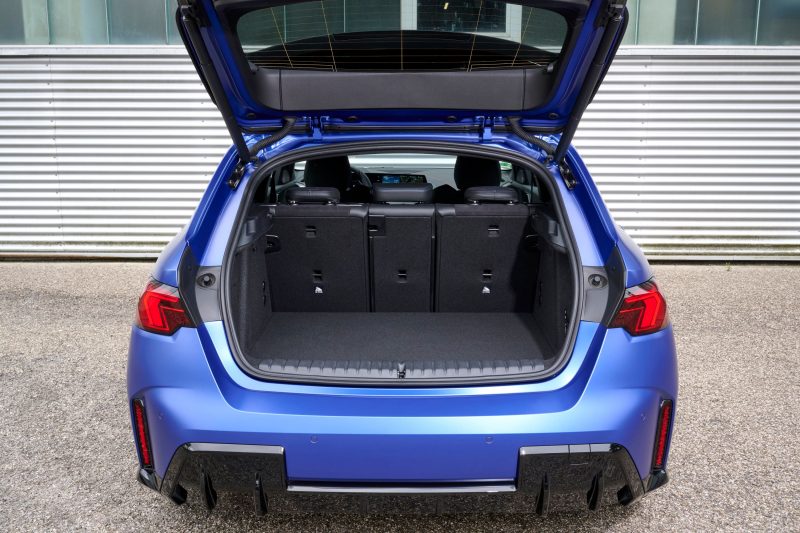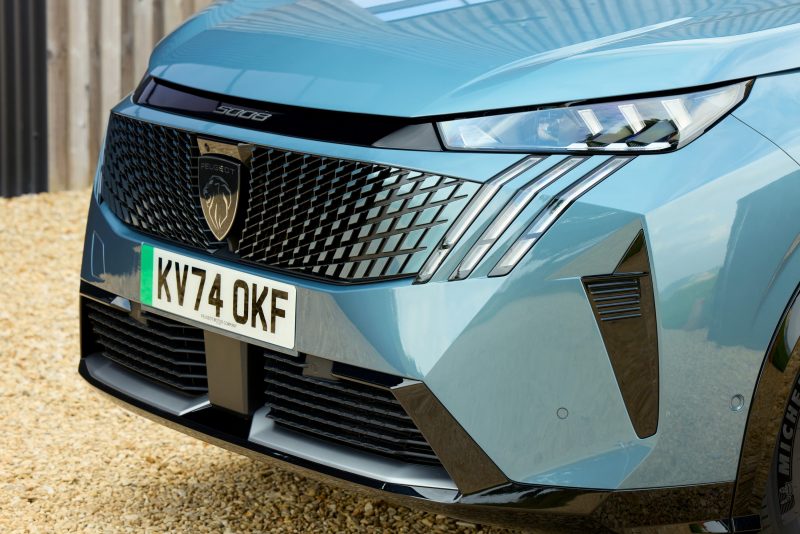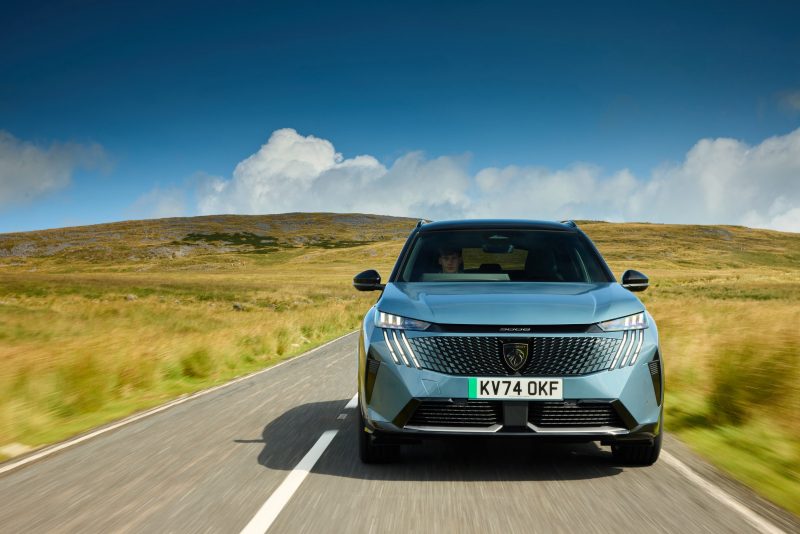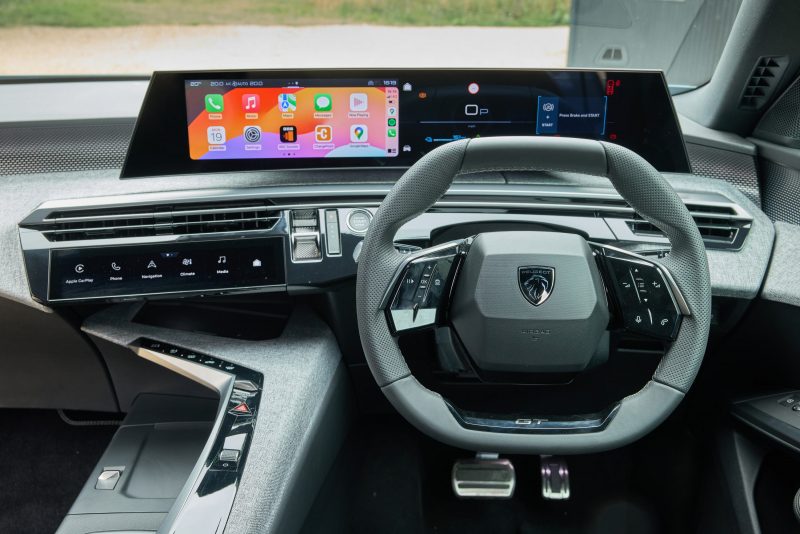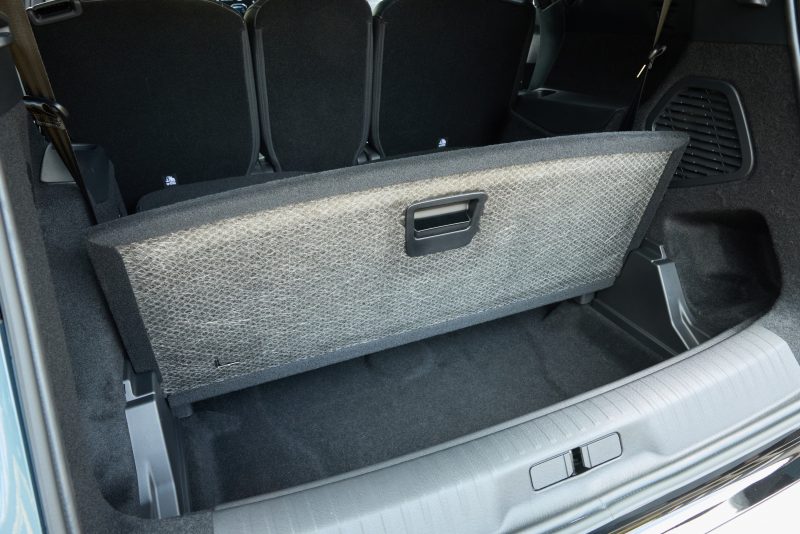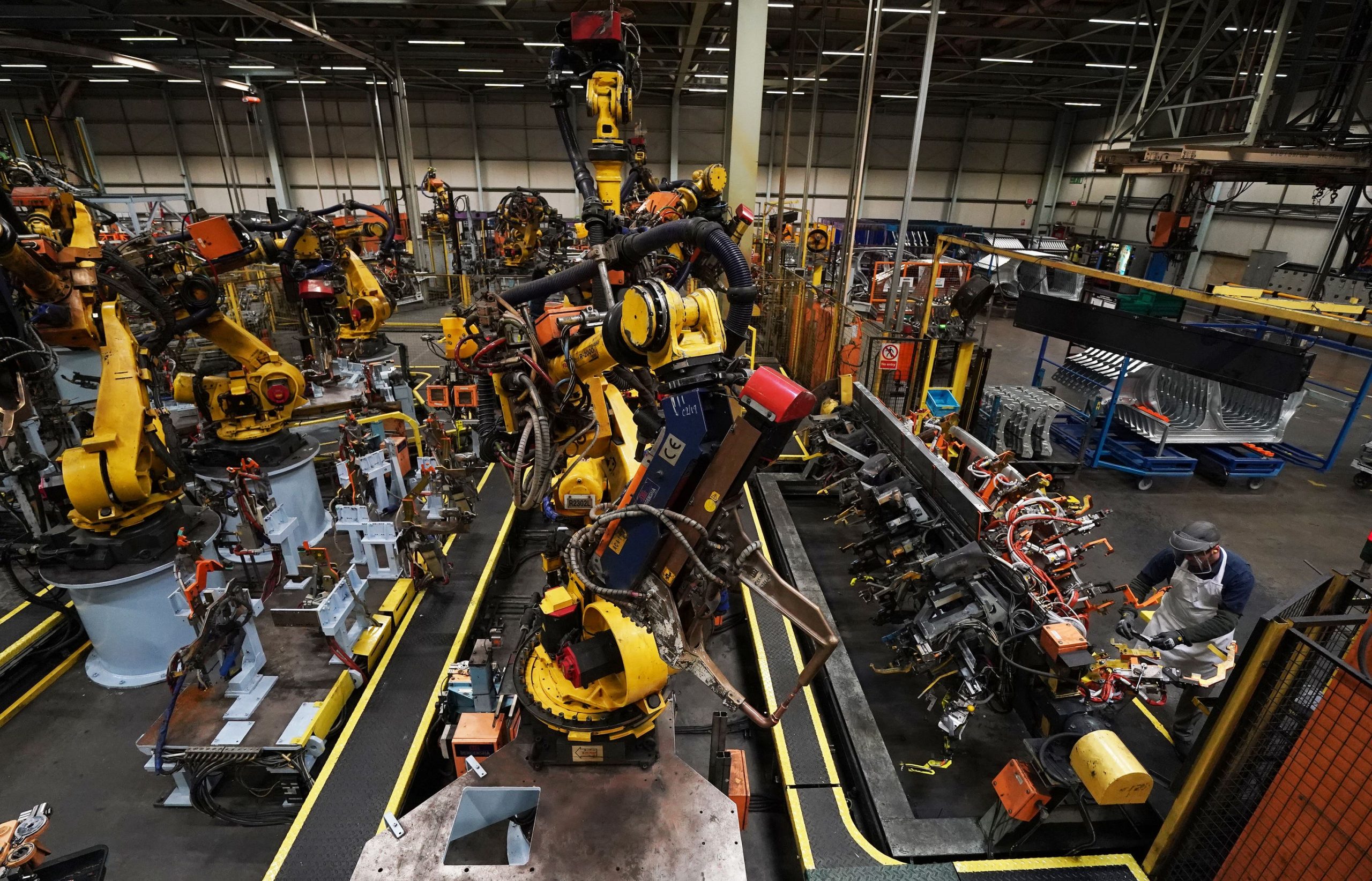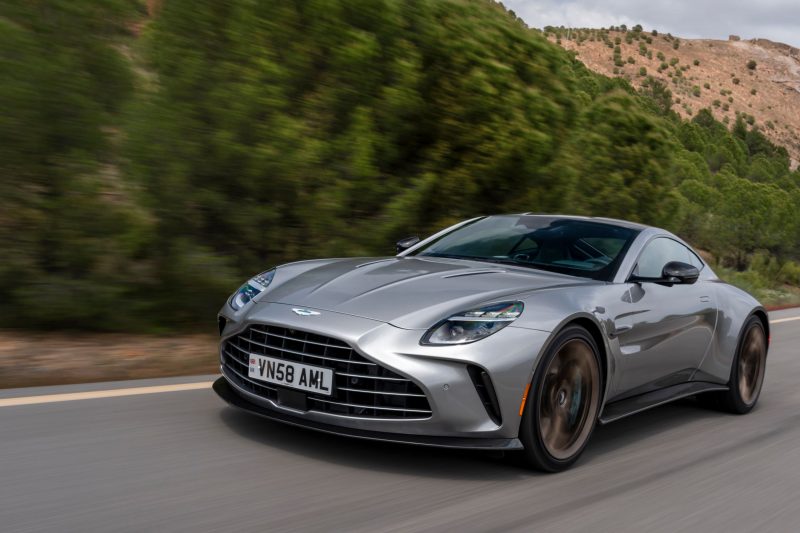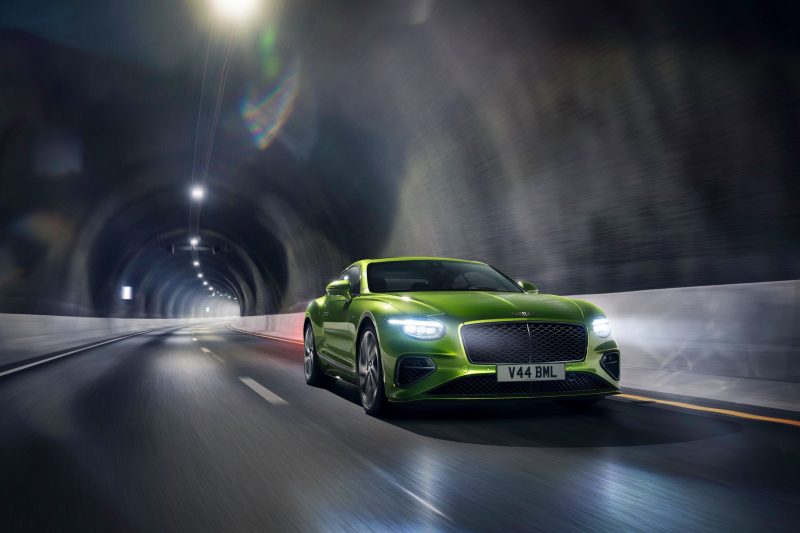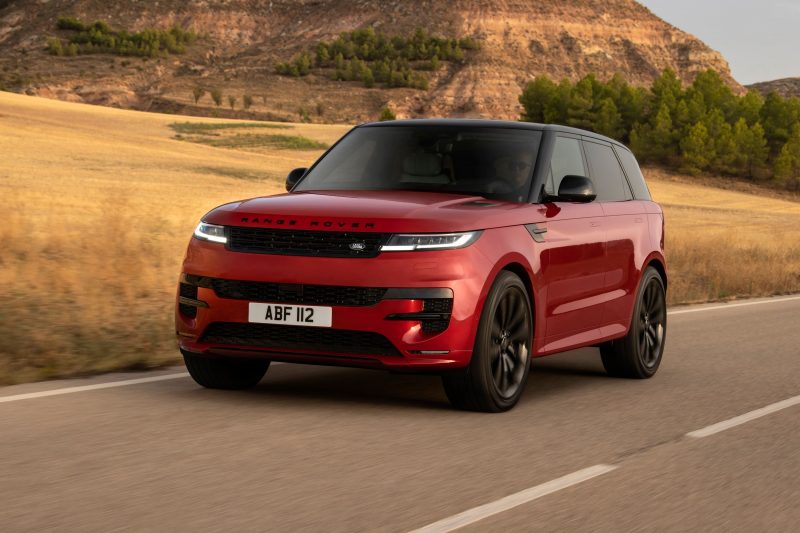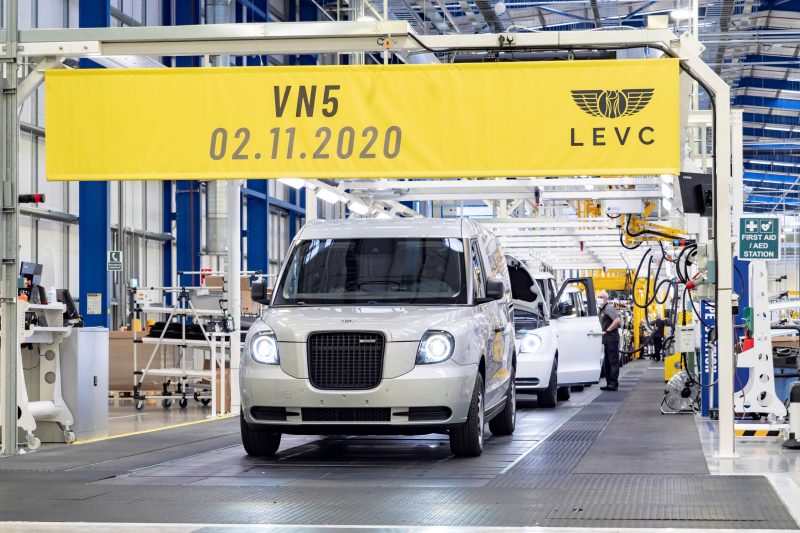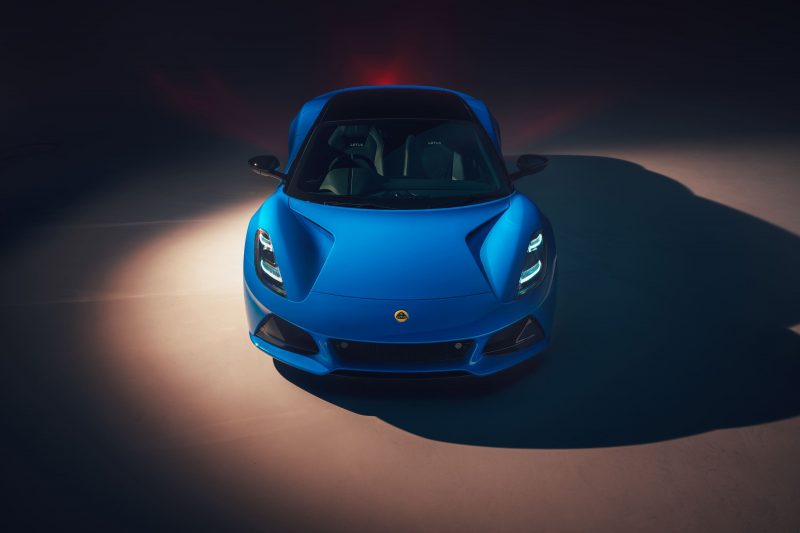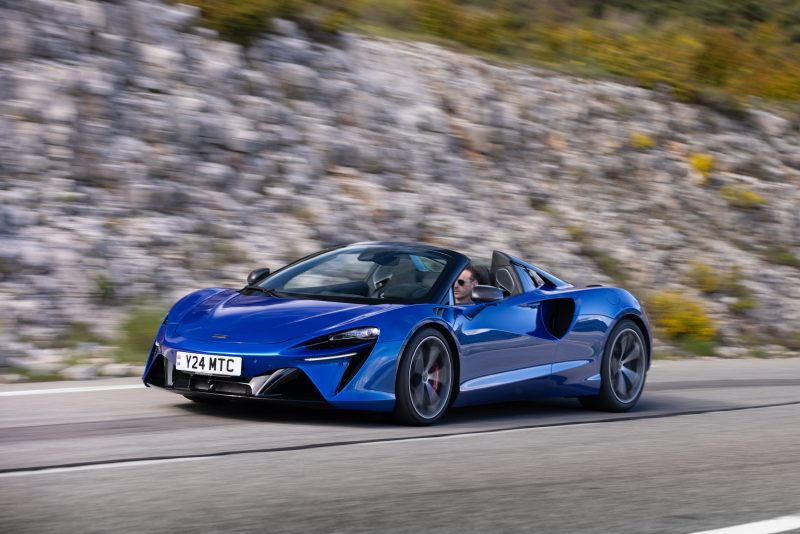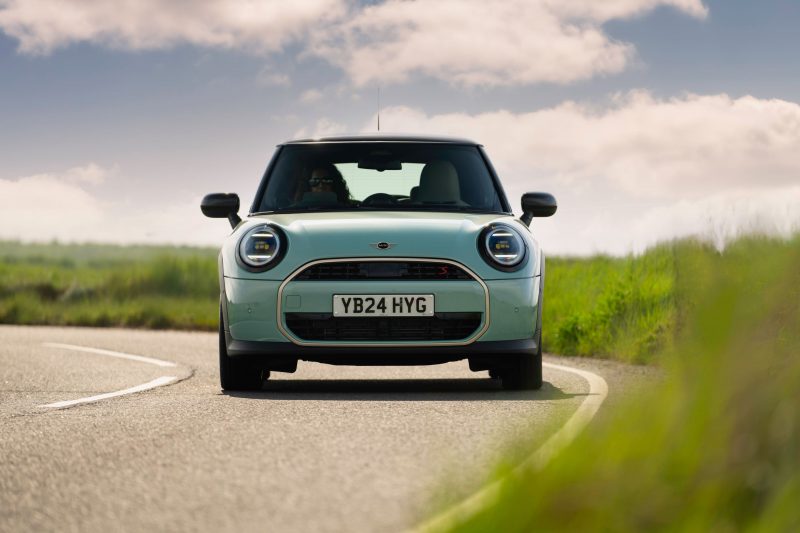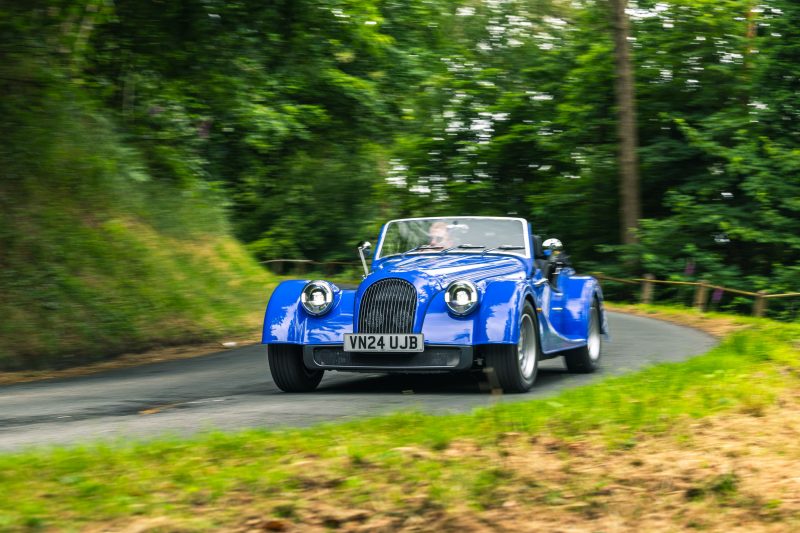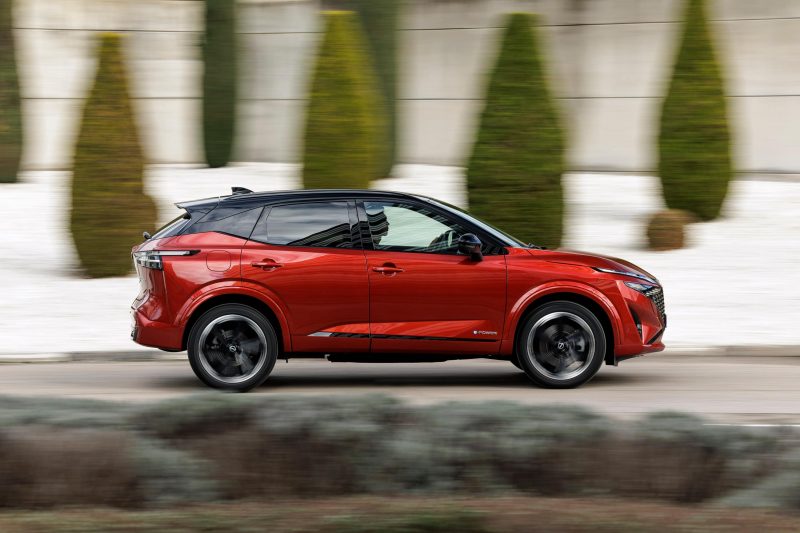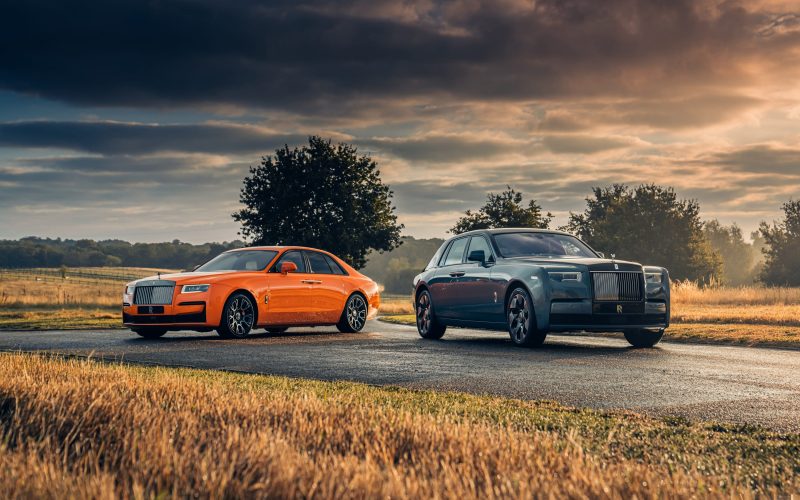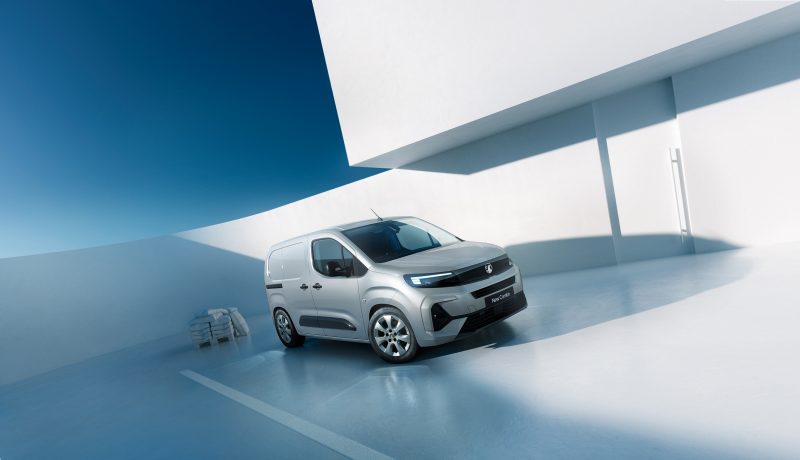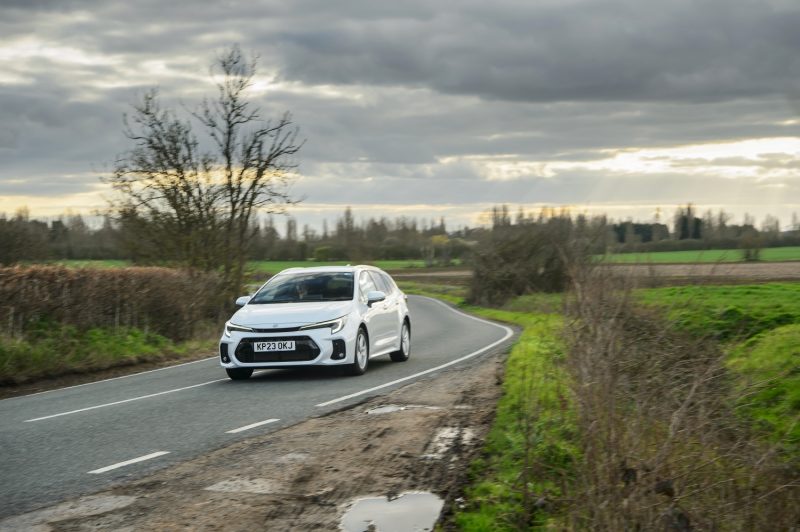The Jeep Wrangler is an icon of the four-wheel-drive scene, but is it still worth checking out? Jack Evans finds out.
What is it?
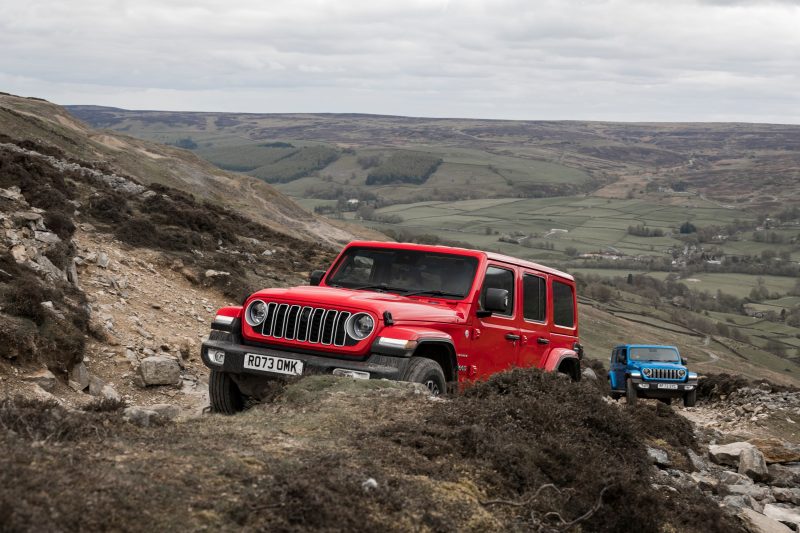
As far as motoring icons go, the Jeep Wrangler is right up there. Tracing its lineage back to the iconic Willys Jeep, the Wrangler is the kind of car that has always been designed to be up to the task of adventure whenever the mood strikes while its upright and memorable seven-slot grille is the stuff of posters and movie scenes the world over.
But with four-wheel-drives becoming softer and more comfort-focused, is there a place for a car as rugged and as old-school as the Wrangler? We’ve been behind the wheel to discover if this old dog has any new tricks.
What’s new?
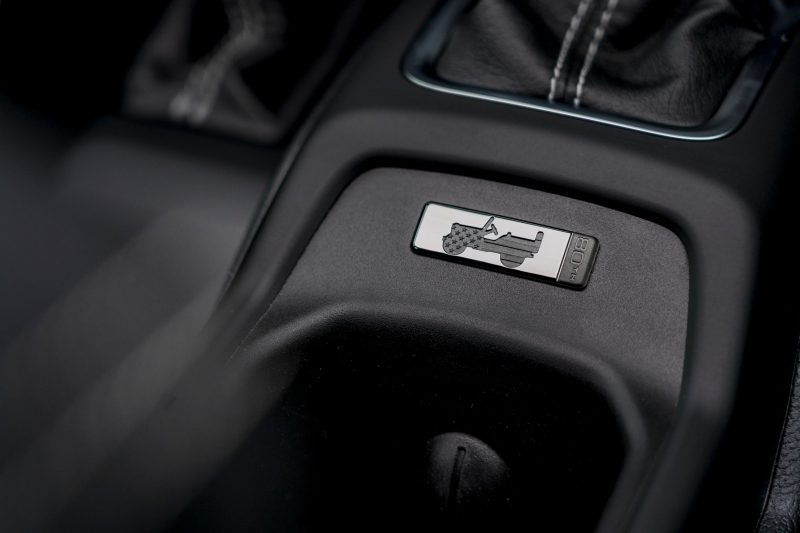
If you glanced at the Wrangler, you’d be under the impression that not a lot has happened in the past few years. It’s got the same boxy, upright design that it always has and though many SUVs have undergone growth spurts lately, the Wrangler still commands attention with its larger-than-life proportions and squared-off sections.
But for 2024 the Wrangler has had some tweaks here and there. You’ve got more alloy wheel designs to choose from than before, while Jeep has equipped it with a larger suite of assistance aids, including a driver drowsiness alert, lane departure warning and traffic sign recognition – all included as standard on all models.
What’s under the bonnet?
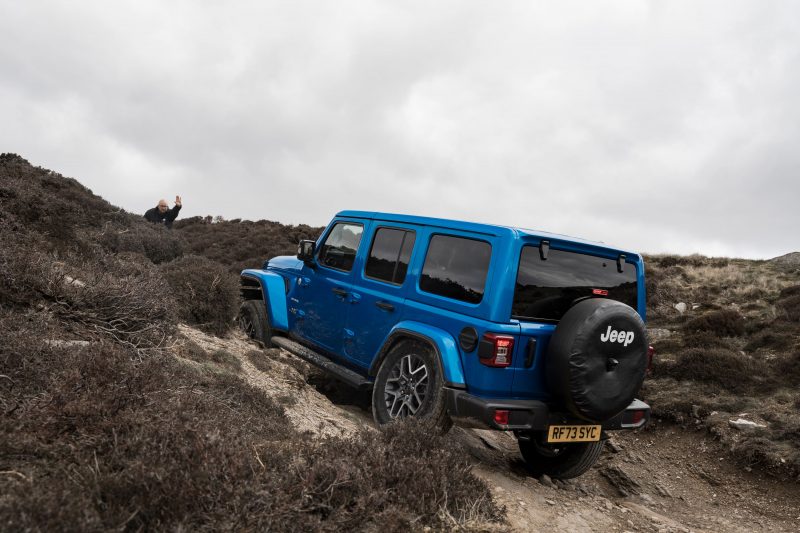
You can – in other markets – get the Wrangler with a surprisingly rounded 4xe plug-in hybrid powertrain. We’ve driven it out in Spain over a short test route and it’s a far better fit for the Wrangler than you might expect, giving it a reasonable amount of punch. It’s a setup that is available across the wider Jeep range, in fact, but sadly doesn’t accompany UK-bound models.
Instead, we’ve got a pretty regular 2.0-litre turbocharged petrol engine with 268bhp and 400Nm of torque, driven to all four wheels via an eight-speed automatic gearbox. As you might expect, efficiency isn’t the Wrangler’s strong suit – which is where that plug-in hybrid setup would help – and Jeep claims that this version will only manage 27.2mpg combined. We saw far lower figures than that during our time with the car, however. Emissions of 250g/km are pretty high, too.
What’s it like to drive?
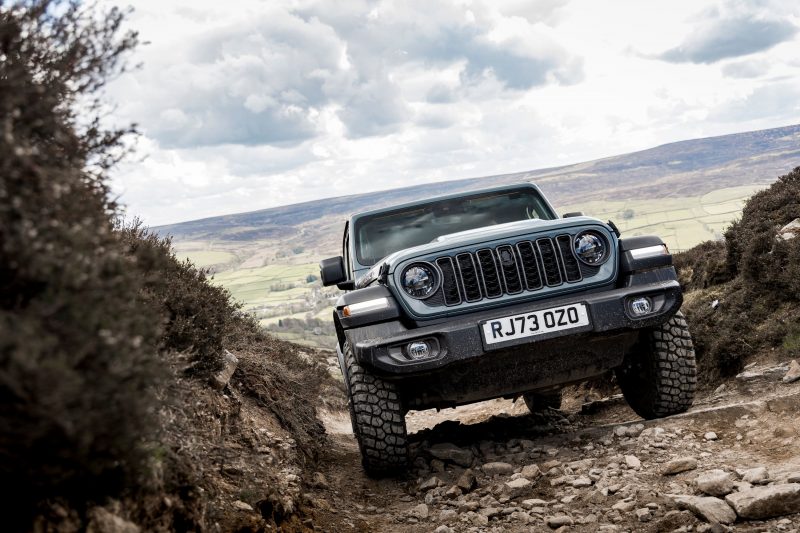
The Wrangler drives in quite an old-school fashion, similar to its exterior design. The steering is relatively wayward and the brakes don’t have an awful lot of bite to them, but you soon get used to the car’s shortcomings. The petrol engine, surprisingly, does a great job of getting the big Wrangler up to speed in a short enough time, given it’s quite a small-capacity unit for such a large car. The trade-off is, of course, dwindling economy figures.
But with its raised ride height the Wrangler gives a great view of the road ahead. Of course, these are all on-road impressions; with short overhangs, locking differentials and a rugged body-on-frame chassis design, the Wrangler will still go properly off the beaten track and it’s this that the car has been created for primarily – so you can allow for a lack of refinement on-road.
How does it look?
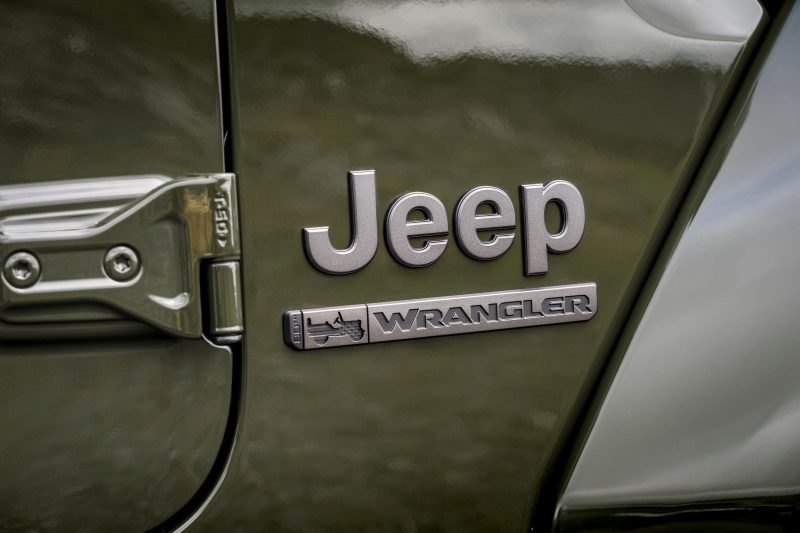
It’s a car that continues to turn heads, that’s for sure. The Wrangler is one of a handful of cars still keeping to the blocky four-wheel-drive aesthetic, with only models like the Mercedes G-Class taking a similar tack. The now-departed Suzuki Jimny was another, albeit on a far smaller scale than this Jeep.
It’s very much a car built for a purpose, mind you, and with its chunky plastic bumpers, squared-off wheel arches and full-sized spare mounted on the boot it’s the type of vehicle that looks most at home in the open countryside.
What’s it like inside?
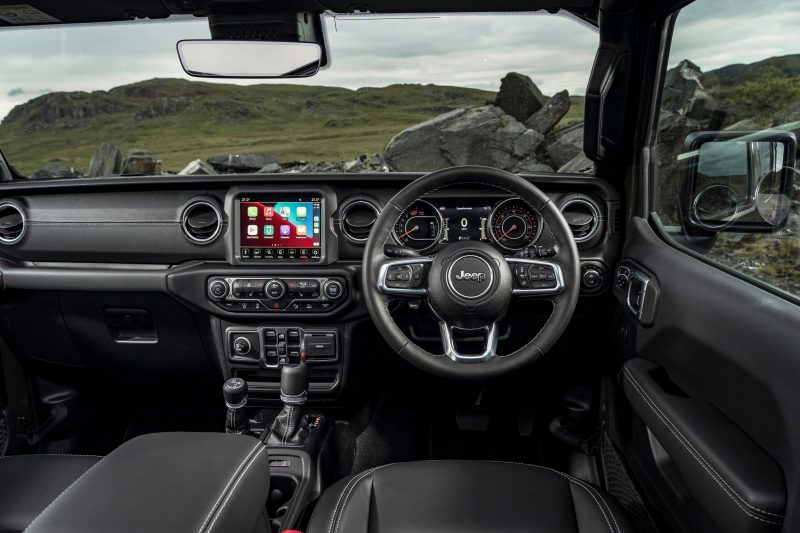
It’s a similarly rugged experience inside the Wrangler. Everything has a chunky, rubberised feel to it while the main controls are robust and easy to operate when you’re on the move. Those up front do sit quite upright, too, but it gives you a great view of that square bonnet ahead of you. This new model gets 21-way powered front seats, too.
In terms of practicality, the Wrangler is actually something of a reverse tardis – feeling smaller inside than it looks from the outside. There’s not an awful lot of space for those sitting in the rear of the car and while the boot’s 533-litre capacity is decent enough, the side-hinged rear door makes accessing it a little tricky, particularly if you’re in a tight car park space. Remember, too, that the Wrangler comes with all manner of removable parts; the doors and roof sections can all be removed entirely should the weather provide an opportunity to do so.
What’s the spec like?
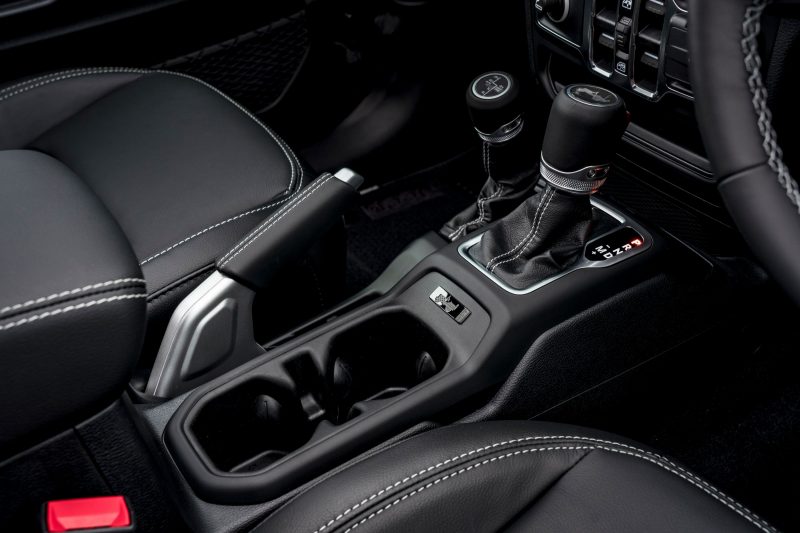
The Wrangler remains a flagship Jeep model and, because of that, it does get plenty of bells and whistles. Prices start from a hefty £61,000 in Sahara grade – like our test car – and this brings a premium audio system and a 12.3-inch infotainment display which thankfully does get CarPlay as the ‘native’ system is a little clunky and old-fashioned to operate.
You get a full suite of parking aids, too, and a handy back-up camera – though it’d be nice if it could work out the length of the car with the spare wheel included, as this can take a little extra judgement to work out when you’re reversing.
Verdict
If you’ve already been looking in the SUV market at some of the more ‘regular’ contenders, then you might find the Wrangler’s old-school driving experience, limited interior space and high running costs a put-off. In truth, against a BMW X3 or Audi Q5, the Wrangler doesn’t fare well and comes away looking a little too wayward.
But if off-roading and adventure are what you’re focused on, this is a genuinely capable four-wheel-drive that is centred around its ability to go here, there and everywhere. The trade-off is the road-going refinement but if you’re not spending much of your time on the beaten path, that could be a worthy sacrifice to make.
Facts at a glance
- Model as tested: Jeep Wrangler Sahara
- Price: £61,000
- Engine: 2.0-litre turbocharged petrol
- Power: 268bhp
- Torque: 400Nm
- Max speed: 112mph
- 0-60mph: 7.4 seconds
- MPG: 27.2mpg
- Emissions: 250g/km

